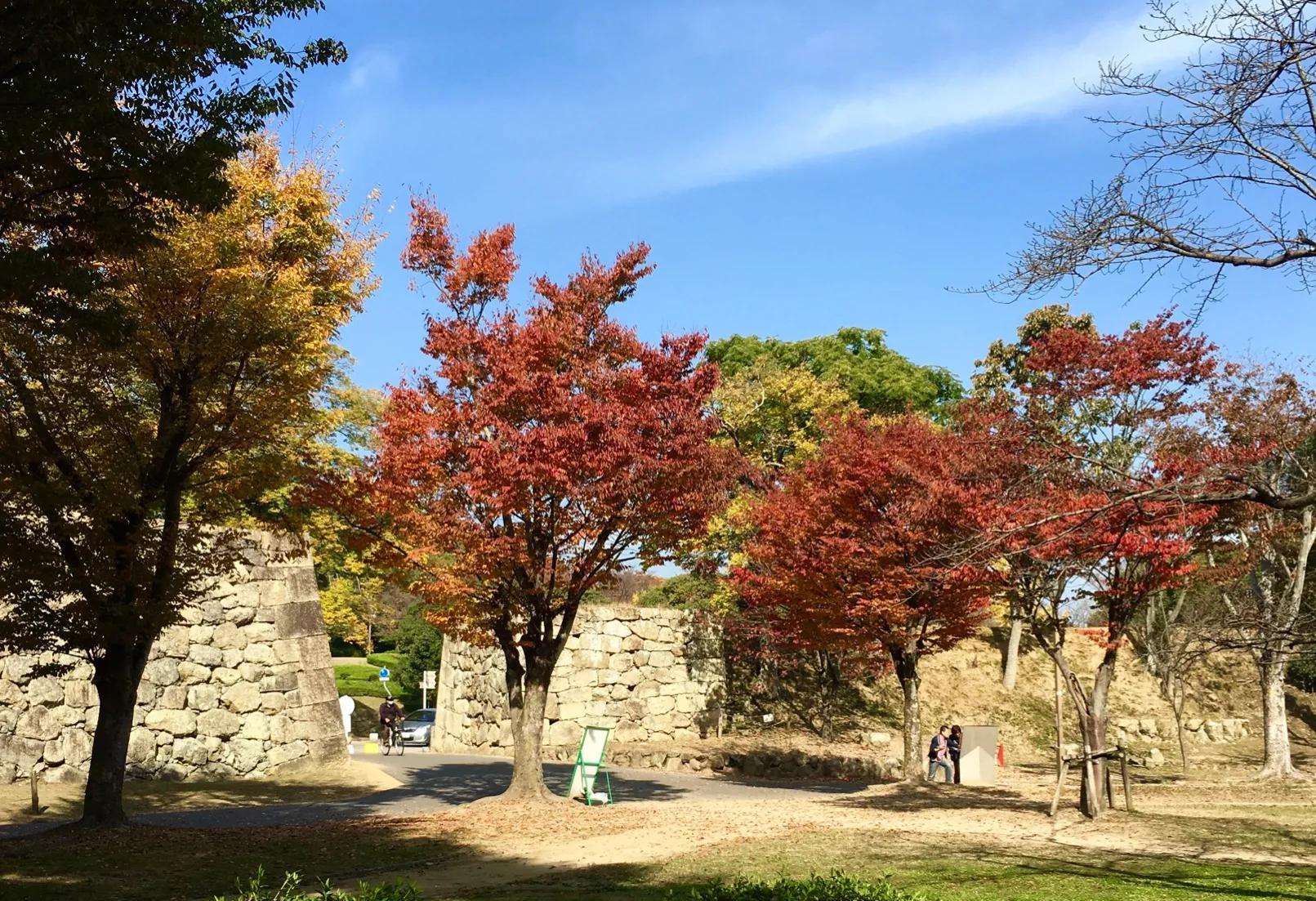#我的花样生活 #
Himeji Castle was an acropolis of the lordship of the Japanese shogunate during the Japanese shogunate period, and the highest castle-building technology in Japan during the Edo period. Himeji Castle is tightly structured and impregnable, and its triple spiral strategic fortifications include external, central, and internal trenches. The fortifications were exquisitely constructed, starting with three concentric moats, and the moats surrounded the tall and winding stone castles, with several gates and watchtowers set up between the castles. There are small holes for archery and gun shooting in the walls and watchtowers, and the road in the inner courtyard of the castle, which turns thousands of times, is like a trance array, but can be seen clearly from the top floor. The roof is decorated with animal-like, huge and ornate freshness, protruding from the eaves, which is a fireproof repellent. The largest castle main building is 92 meters above sea level. The three smaller castle main buildings are delicately integrated by a unique series of defensive walls. The undulating gables and white stucco walls strike a beautiful balance that gives people a sense of tranquility and elegance.
Due to its geographical importance, troops were stationed around Himeji in 1333; the construction of the castle began in 1346; in 1580, the warlord Toyotomi Hideyoshi of the end of the Sengoku period continued to build castles here; in 1681, Ikemae Ikeda, son-in-law of Tokugawa Ieyasu, the first shogun of the Tokugawa shogunate, rebuilt the castle and expanded it to the size it is today. Ikeda's construction of the castle was enormous, using 387 tons of wood, 75,000 tiles weighing 3,048 tons, and a large number of 75,000 tiles weighing 3,048 tons each, and a large number of huge rocks weighing one ton each. The design of the castle, which subtly softens military needs and artistic orientation, is a pioneering achievement in Japanese castle architecture.
After the castle was completed, 13 families lived in succession, which lasted for 530 years. To this day, 'Himeji Castle' is still a genuine relic, which is very precious in Japan. In the center of the castle is the 5-story castle tower, which is more and more outstanding in its pure white appearance and harmonious beauty.
The castle resembles an elegant egret, so it is also called an egret
Castle is one of the largest and most elegant castles in Japan's existing ancient castles.
On December 11, 1993, Himeji Castle was listed as a World Heritage Site by the United Nations Educational, Scientific and Cultural Organization, becoming the first World Heritage Site in Japan.

The Himeji Castle Tower is almost square in view from the façade, and the four large and small castle towers (i.e. the Small Castle Tower) are closely attached to the four corners of the main castle tower. The design of each annex tower is both uniform and varied, and each one is square when viewed individually, but when they are put together, they are arranged in a staggered manner. The castle tower has five floors on the exterior, six floors on the inside, and one floor underground, and the wall base is made of stone blocks. It gives people a complex and majestic impression, overlooking from a distance, the pavilions overlap, the changes are colorful, and it is spectacular.